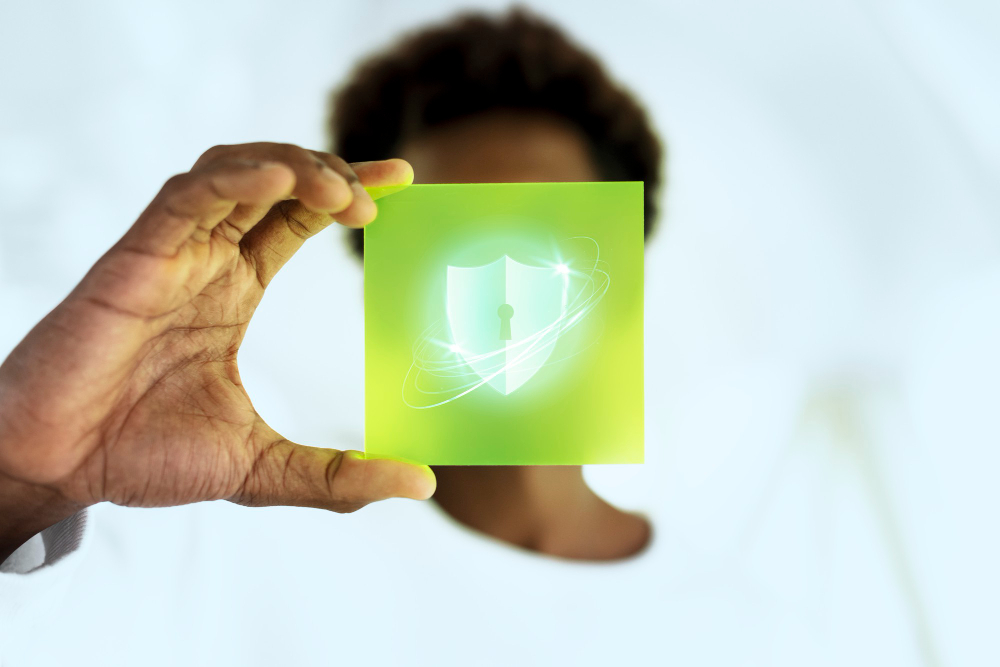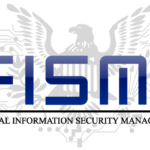1. NIST 800-39
NIST 800-39 is the flagship guideline from the National Institute of Standards and Technology on managing information security risk. It provides a structured approach for applying risk management across an organization at three levels: organizational, mission/business process, and information system. It emphasizes the importance of establishing a risk management strategy that aligns with the organization’s objectives, fostering effective communication about risk among stakeholders, and integrating risk management into the organization’s lifecycle processes.
2. SOC 2
SOC 2 (Service Organization Control 2) is a part of the American Institute of CPAs (AICPA) service organization control reporting platform. Its criteria are based on five “Trust Services Principles”: security, availability, processing integrity, confidentiality, and privacy. SOC 2 is specifically designed for service providers storing customer data in the cloud, requiring rigorous security and privacy controls. Organizations undergo SOC 2 audits to ensure compliance with these principles, demonstrating their commitment to data security and operational effectiveness.
3. HIPAA
The Health Insurance Portability and Accountability Act (HIPAA) is a US law designed to provide privacy standards to protect patients’ medical records and other health information provided to health plans, doctors, hospitals, and other healthcare providers. It includes provisions for the protection and confidential handling of protected health information (PHI). HIPAA compliance is essential for all healthcare entities and their business associates, with stringent requirements for the handling, storage, and transmission of PHI.
4. PCI-DSS
The Payment Card Industry Data Security Standard (PCI-DSS) is a set of security standards designed to ensure that all companies that accept, process, store, or transmit credit card information maintain a secure environment. The standard is intended to protect cardholders’ data from theft and reduce fraud. It mandates a range of security measures including secure network architectures, encryption, access control measures, and regular security testing.
5. NIST CSF
The NIST Cybersecurity Framework (CSF) provides a policy framework of computer security guidance for how private sector organizations in the United States can assess and improve their ability to prevent, detect, and respond to cyberattacks. It consists of standards, guidelines, and best practices to manage cybersecurity-related risk. The framework’s core functions are Identify, Protect, Detect, Respond, and Recover.
6. FedRAMP
The Federal Risk and Authorization Management Program (FedRAMP) is a government-wide program that provides a standardized approach to security assessment, authorization, and continuous monitoring for cloud products and services. FedRAMP is designed to ensure that cloud services used by U.S. federal agencies meet strict security requirements, facilitating the adoption of cloud services and improving risk management.
7. CSA STAR
The Cloud Security Alliance’s Security, Trust, and Assurance Registry (CSA STAR) is a program for security assurance in the cloud that encompasses key principles of transparency, rigorous auditing, and harmonization of standards. It includes a comprehensive certification program that encourages cloud service providers to adopt the highest standards of security.
8. SOX
The Sarbanes-Oxley Act (SOX) is a U.S. federal law that aims to protect investors from fraudulent accounting activities by corporations. It mandates strict reforms to improve financial disclosures from corporations and prevent accounting fraud. SOX is significant for IT and cybersecurity because it requires companies to establish internal controls and procedures for financial reporting and to protect data integrity.
9. GDPR
The General Data Protection Regulation (GDPR) is a regulation in EU law on data protection and privacy in the European Union and the European Economic Area. It also addresses the transfer of personal data outside the EU and EEA areas. GDPR aims to give control to individuals over their personal data and to simplify the regulatory environment for international business by unifying the regulation within the EU.
10. ISO 27001
ISO 27001 is an international standard on how to manage information security. It specifies requirements for establishing, implementing, maintaining, and continually improving an information security management system (ISMS) — the aim is to help organizations make the information assets they hold more secure. A central aspect of ISO 27001 is the need to assess information security risks and implement appropriate controls to mitigate or manage risks.
These frameworks serve different aspects of cybersecurity and compliance, but they all aim to protect information assets, ensure privacy, and foster trust between entities and their stakeholders.


